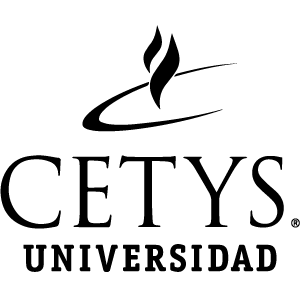https://repositorio.cetys.mx/handle/60000/1851| Título : | Luminescence - basic concepts and emerging new applications |
| Título de capítulo: | Upconversion Luminescent Nanoparticles and Their Biomedical Applications in Imaging |
| Autor : | Chávez García, Dalia H. Guzmán, Mario |
| Palabras clave : | Rare earth;Upconversion luminescent;Near-infrared;Biological imaging;Nanotoxicological assessment |
| Sede: | Campus Ensenada |
| Fecha de publicación : | may-2024 |
| Citación : | Chávez-García, D., & Guzman, M. (2024). Upconversion Luminescent Nanoparticles and Their Biomedical Applications in Imaging. IntechOpen. doi: 10.5772/intechopen.1005378 |
| Resumen : | Nanomaterials offer promising solutions for chemotherapy challenges, addressing issues like cytotoxicity and biocompatibility. In cancer clinical protocols, biomedical imaging is vital, providing insights into tumor morphology. Luminescent nanomaterials or nanoparticles (LNPs), particularly effective for diseases like cancer, possess controllable properties like size (usually <100 nm), surface charge, and external functionalization. LNPs interact with biological systems at systemic and cellular levels. Cellular uptake is crucial, allowing selective targeting of cancer cells through overexpressed surface receptors such as transferrin receptor (TfR), G-protein coupled receptor (GPCR), folate receptor (FR), epidermal growth factor receptor (EGFR), lectins, and low-density lipoprotein receptor (LDLR). LNPs can accumulate in subcellular compartments, playing a pivotal role in drug delivery. Studies explore LNPs’ internalization into cells, investigating their potential to deliver cargoes like DNA, siRNA, miRNA, and small-molecule drugs. This review highlights the latest advancements in LNPs and their biomedical applications. Despite these promising developments, comprehensive nanotoxicological assessments are crucial for a better understanding of LNPs’ behavior in biological systems, paving the way for future clinical applications. |
| URI : | https://repositorio.cetys.mx/handle/60000/1851 |
| Aparece en las colecciones: | Capítulos de Libro |
Este ítem está protegido por copyright original |
Este ítem está sujeto a una licencia Creative Commons Licencia Creative Commons


